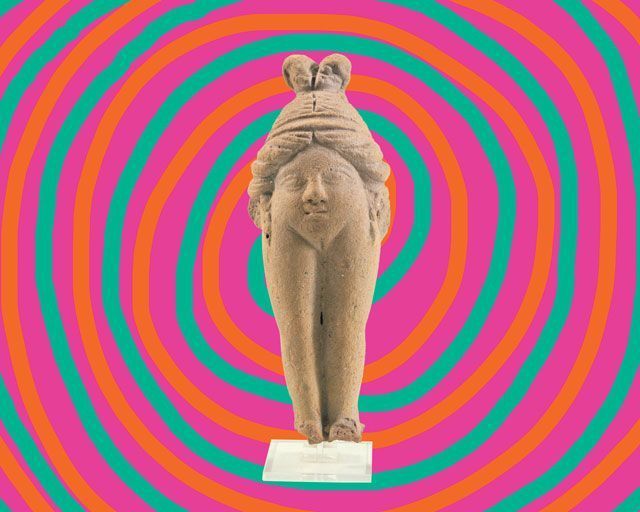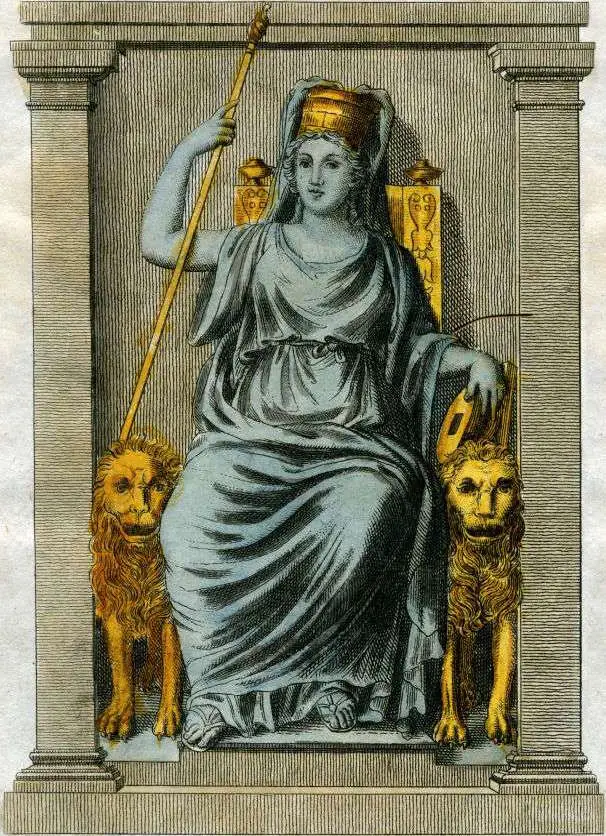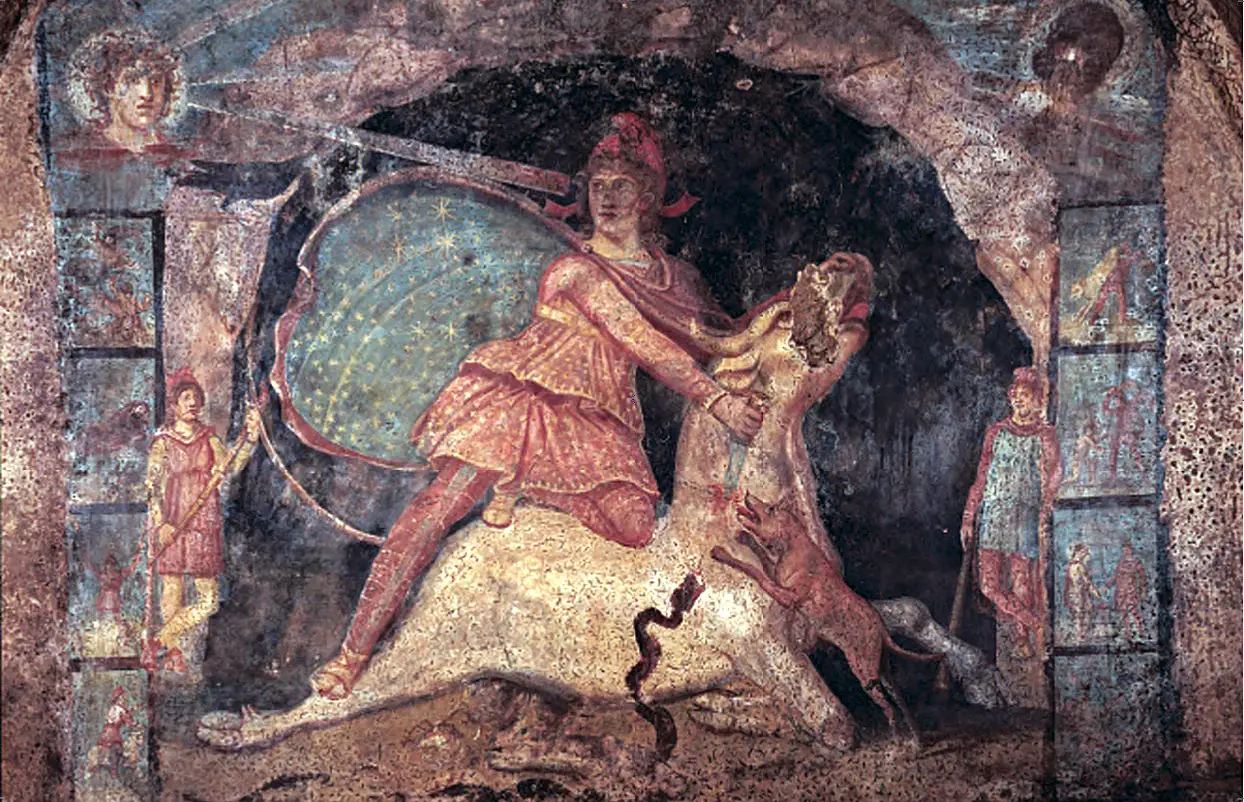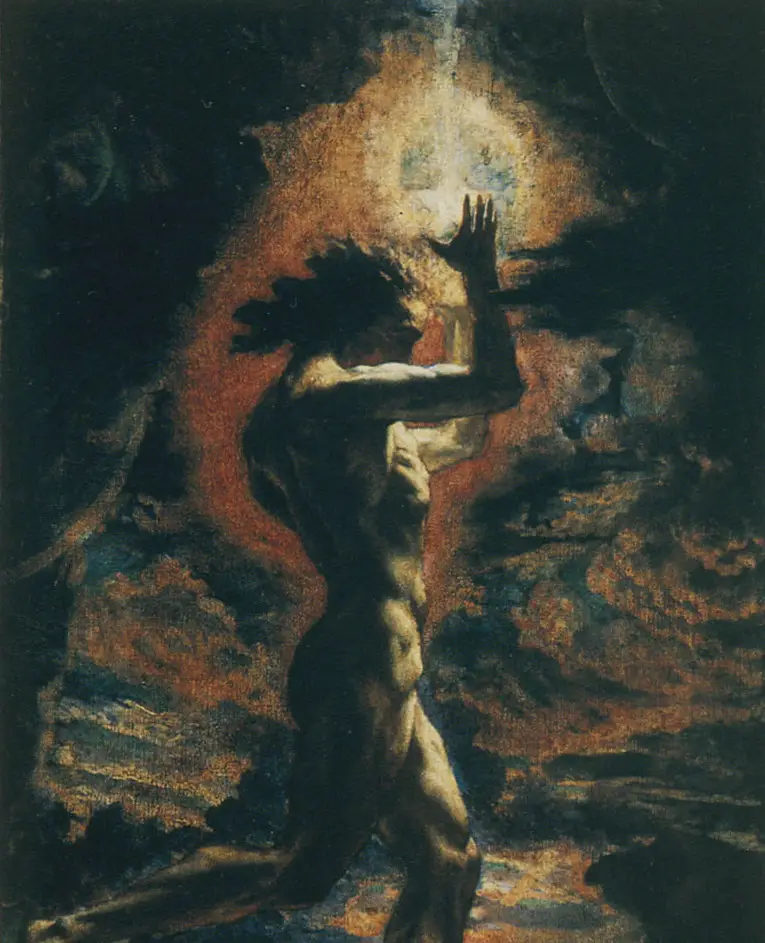Tag: Demeter
The cosmological meaning of the laughter of the gods: on the myth of Baubò and its surroundings
Emerging from every corner of the globe, the mythology of divine laughter hides an ancestral and terrible secret. Why should we make the worried gods laugh? From Demeter to Amaterasu, the answer points once again to time and cosmic palingenesis.
The witches of Alicudi: notes of Aeolian folklore
In the popular Aeolian tradition the name of Alicudi has always been associated with fantastic and mysterious stories: 'mahare'(witches) who fly to Palermo or even Africa, human beings who turn into animals, fishermen who know magic formulas to' cut 'the sea trumpets, fortune tellers, oracles and other enigmatic presences.
The Puer and the Kore for Károly Kerényi: uncertainty, origin and foundation
From the analysis of the two mythological figures of Puer Aeternus and Kore in the demetric mysteries of Eleusis, in the studies of the Hungarian historian of religions Károly Kerényi and in the comments on these by Carl Gustav Jung, the importance of the "original" and "founding" character emerges "Of the Greek myth, the enigmatic link between being and non-being, the one between life, love and death that allow us to express through symbolic relationships a cosmic process in which man's existence is close to reality.
From Cybele to Demeter, the different faces of Mother Earth, or rather of the ecliptic
From the Phrygian tradition concerning Cybele, "goddess of the mountain and wild beasts", to the Indian tradition of Aditi, "inexhaustible source of abundance", up to the different Hellenic divinities such as Rhea, Demeter, Themes, Meti (without forgetting the various collective deities, always feminine, of destiny), an astrotheological reading emerges that can shed light on the aforementioned "Mother Goddesses of the Earth", provided that the latter is understood, following the studies of Santillana, Dechend and Richer (as well as the Platonic clues), in the meaning of ecliptic.
Goddesses and women of the ancient Mediterranean
Brief retrospective on the Sacred Feminine in the ancient Mediterranean, between numinous archetypes and the social context.
The religions of mystery: soteriology of the Mithraic cult and of Attis / Cybele
(image on the side: affresco representing Mithra killing the bull, XNUMXnd cent. AD, Marino, Italy)
NIn the 50s, the Gnostic documents of Nag Hammadi, found immediately after the war in Egypt, made their entry into the academic world, and the need arose in the field of studies for a reflection on the material available and a rethinking of the categories into which they fell. the so-called mystery cults. The years between the 30s and 40s had already brought new materials and new research hypotheses: studies on pattern or mythical-ritual model inaugurated in England, which still felt the influence of Frazerian comparativism, "by now they were putting the theme of mystery religions in a broader perspective to consider them, one by one, in their ancient roots of national and ethnic religions - Crete, Egypt, Anatolia and the rest of anterior Asia, overcoming the limitation to mystical and soteriological cults of the Hellenistic-Roman age and in particular those relating to divinities of oriental origin»Such as Mithra (Persia), Isis and Osiris (Egypt, Rome), Cybele and Attis (Anatolia), Aphrodite / Astarte and Adonis (Phenicia, Greece) [From: U. Bianchi, The study of mystery religionsin The soteriology of oriental cults in the Roman Empire, Proceedings of the International Colloquium, Rome 24-28 Sept. 1979].
The "Heavenly Fire": Kronos, Phaeton, Prometheus
di Andrew Casella
cover: Jean Delville, Prometheus, 1907)
[Continued from The astronomical significance of the Golden Age: Astrea and the "fall" of Phaeton]
In a Mongolian wedding prayer it is stated that: "Fire was born when Heaven and Earth separated": Therefore, before the celestial equator (Father Heaven) and the ecliptic (mother Earth) moved away (ie the inclination angle of about 23 ° of the ecliptic with respect to the equator was recorded), the" Fire " did not exist. At the beginning, the Milky Way united heaven, earth and the world of the dead: the southern part of the Galaxy, in correspondence with Scorpio and Sagittarius, is, for many traditions, the place dedicated to the collection of souls waiting to reincarnate.








